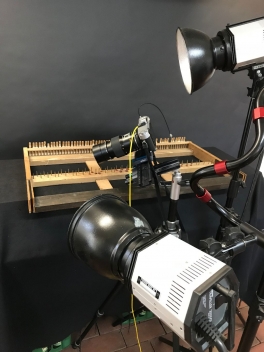Documentation of the histrorical instruments
3D measuring systems like our Faro scan arm provide a minimally invasive CAD documentation with a tolerance of 0.08 mm.
This level of precision helps to develop criteria of distinction of degrees of importance. For a sound scientific judgment a degree of uncertainty of data needs to be defined as clearly as possible to form a solid basis for the interpretation of the preserved substance of the original instrument.
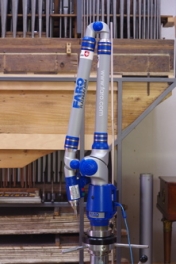
Measuring microscopes like our Merlin 2D video microscope with an accuracy of 0.001 mm permit measuring of touch sensitive substances, like eg organ pipes (tin-lead alloys) if measuring can affect the measured object itself.
They also permit the measurement of soft materials like leather and fabric used in historical keyboard instruments.
No-touch measuring applications follow modern conservation standards.
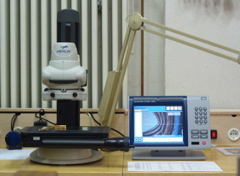
X-ray photography with technical x-ray applications allows depictions to a degree of revealing individual tree rings. Unlike x-ray in medicine technical x-ray works with reduced radiation energy but long exposure, showing minuscule details. This can be combined with scan arm records for measuring.
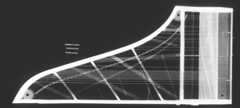
Boriscopes like our flexible and rigid videoscopes by Karl Storz with diameters of 3.8, 5 or 8 mms (flexible) and 1 mm to 45 mms (boriscope, rigid) can be supplemented with laser measuring to record internal structures of instruments with a tolerance of 0.01 mm and x-ray for non-invasive collecting data of internal structures within seconds.
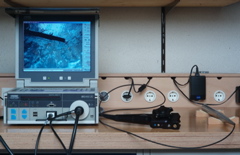
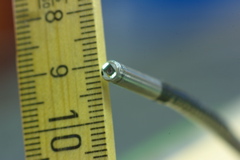
Photo documentation with high-res digital cameras (Leica, Hasselblad) for detail as well as overall views can be combined with electronic measuring devices at a tolerance of 0,01 mm.
The documentations tools we use establish a database for highly precise as well as easily understandable two- and three-dimensional representations of the various objects, containing all measured data, thus available for further research. Such a database can be achieved within reasonable time and financial efforts.
Our researchers study archival records and reference materials to provide history and context of a specific instrument.
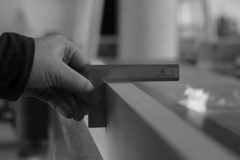
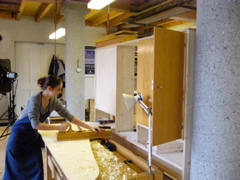
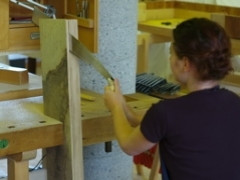
Re-creating and re-engineering a historical instrument, on a basis of a thorough documentation and re-establishing the techniques and methods as visible by tool traces in the original is a process known from experimental archaeology, as an approach to methods without unbroken traditions to present times. Construction, function, and realisation of the expressive and esthetic desires of an era can thus be experienced and understood.
Thus a public interest to experience the sound of a historical instrument and to demonstrate its artistic qualities can be equally met with the demands of preservation, conservation, and the avoidance of imminent dangers of further wear and loss by using a precious original to deterioration.
We try to achieve a better understanding of the historical musical instrument as a precious document and source of our cultural and technical heritage.
© Greifenberger Institut für Musikinstrumentenkunde | info@greifenberger-institut.de




